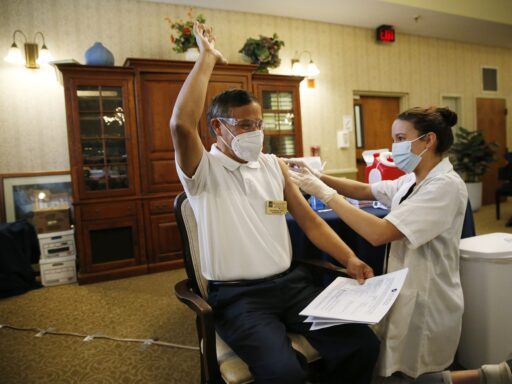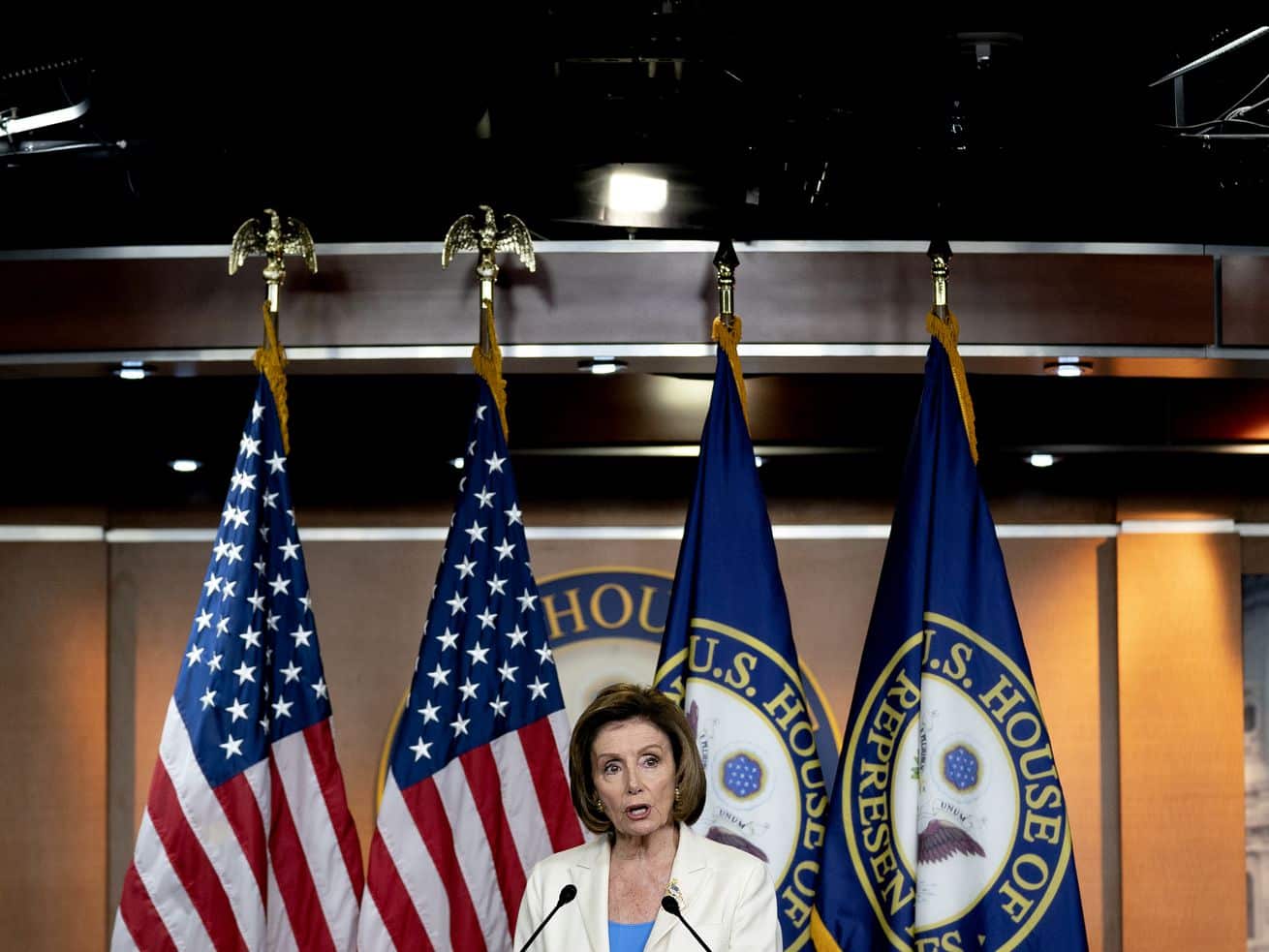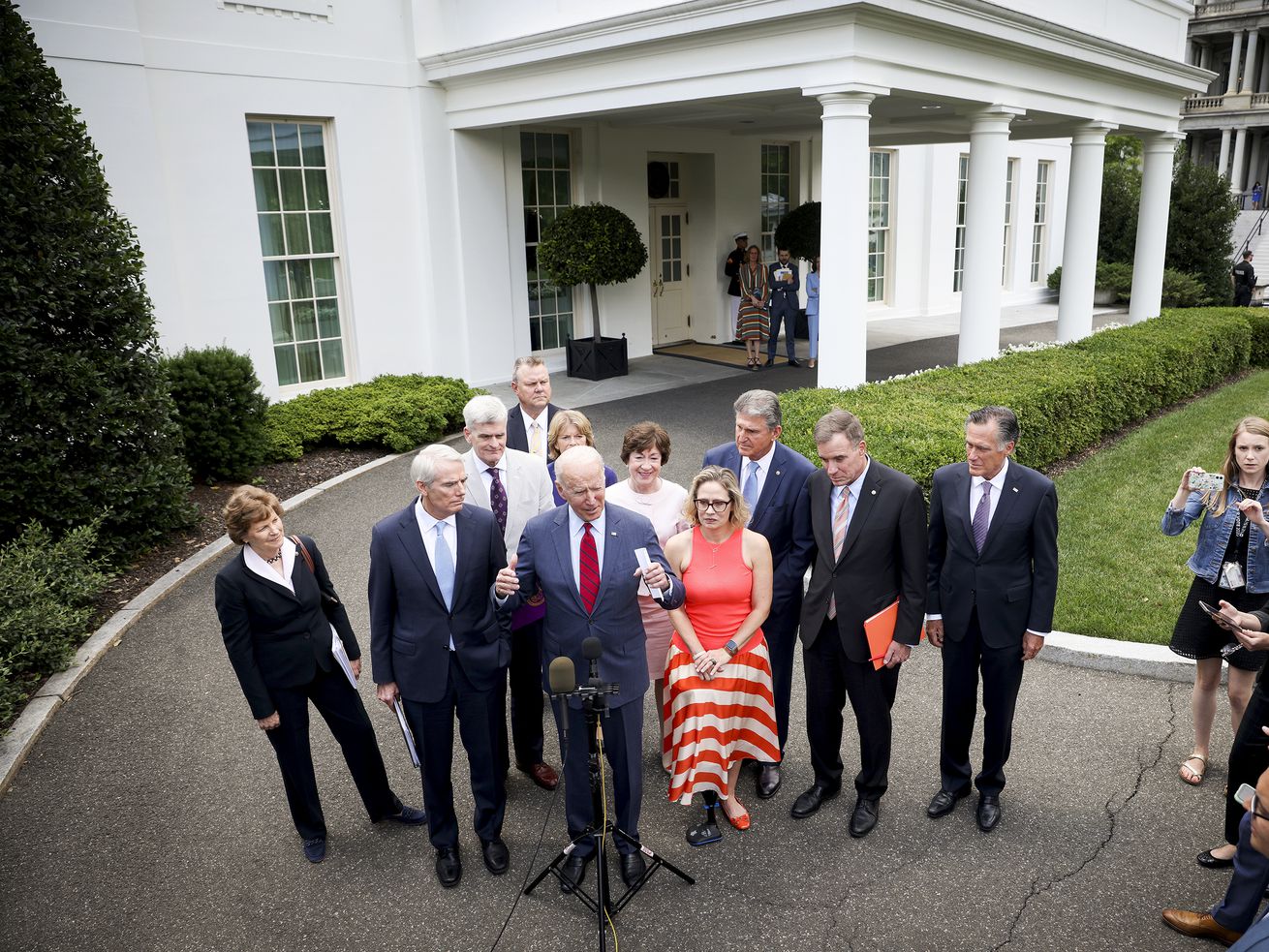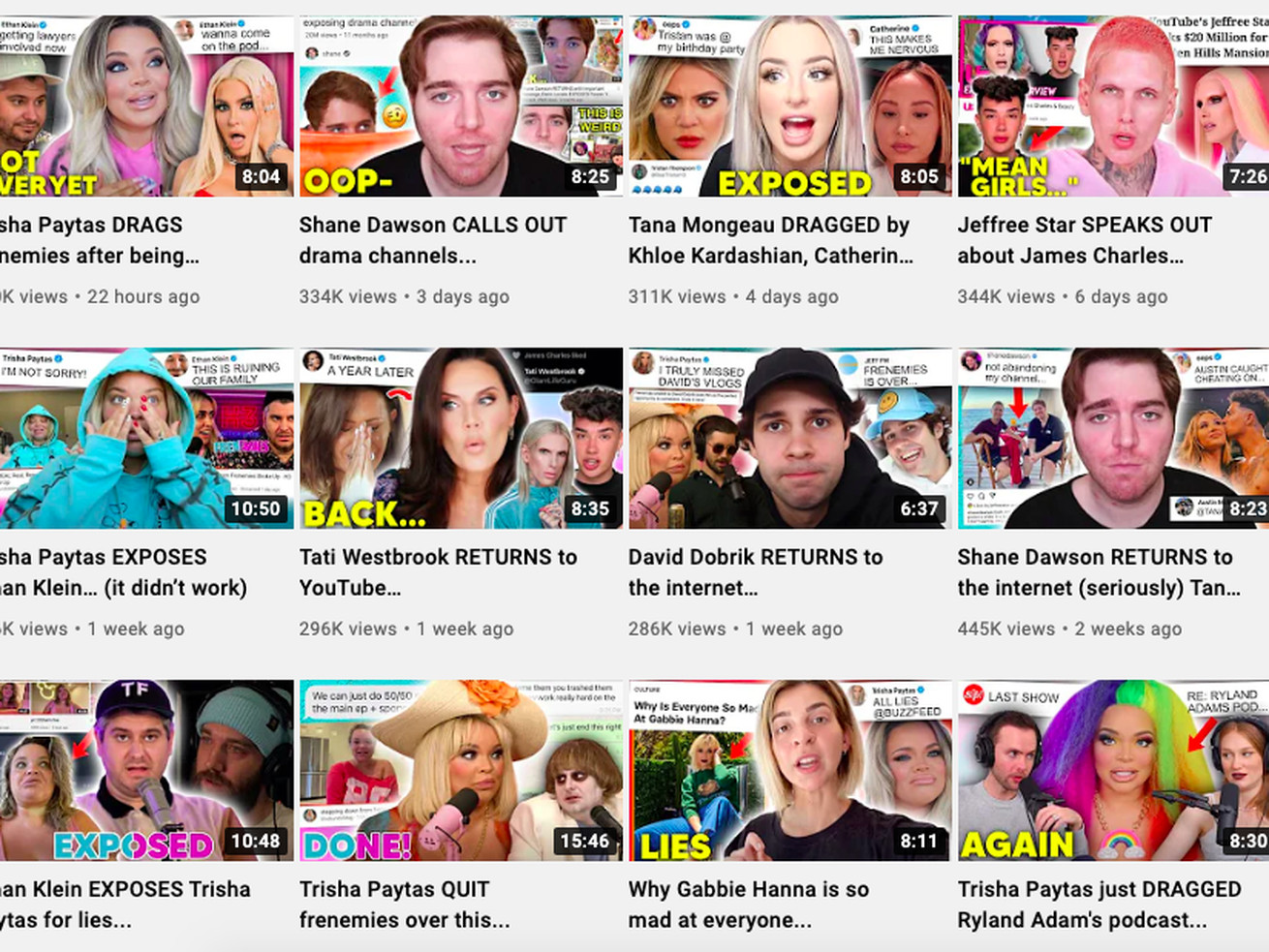Covid-19 vaccines are here, but key questions remain.
Two highly effective Covid-19 vaccines are now being administered across the United States, and more are in the pipeline. Almost 2 million people have already received the first of two doses of these vaccines, and officials are aiming to immunize one-third of the US population by the end of March 2021.
It’s a stunning accomplishment for a disease that was barely known to the world a year ago, and it means that an end to the crisis is in sight. Yet the US remains in the worst throes of the pandemic yet, with hospitalizations and deaths continuing to break records.
Vaccines are critical in drawing down the pandemic as we know it, but it won’t be a simple return to the world before Covid-19. It will likely be a process that lasts several months, and precautions like social distancing and wearing masks will still be needed until there is widespread immunity to the virus.
“It’s a bit of a glide path in my mind toward a new normal, and a new normal that will continue to get better and better,” said Ashish Jha, dean of the School of Public Health at Brown University. “Ultimately, the mental model that I’m going for is ‘When are people going about their day and not thinking about Covid?’”
Exactly when and how this will happen hinges on several key variables relating to vaccines that scientists and health officials are still trying to sort out.
The vaccines being administered right now — the Moderna vaccine and the Pfizer/BioNTech vaccine — have only received emergency use authorizations, not full approval, from the Food and Drug Administration. Regulators have determined that the benefits of the vaccine outweigh the risks for most adults at high risk of exposure, but there are still some unanswered questions, such as how long protection lasts, and how well these vaccines block transmission of the virus between people.
And beyond the vaccines themselves, how quickly and how readily people accept them can change the course of the pandemic.
How well a Covid-19 vaccine contains the pandemic depends on the answers to several key questions
The clinical trials for Covid-19 vaccines are still ongoing, and more clarity will emerge in the coming months. But for now, these remain some of the most important unknowns.
How well do vaccines prevent the spread of SARS-CoV-2?
Both the Moderna vaccine and the Pfizer/BioNTech vaccine reported efficacies of roughly 95 percent against Covid-19 disease, meaning they protected the vast majority of recipients from getting sick enough to have disease symptoms, like loss of smell, fever, and cough.
However, Covid-19 is caused by a virus, SARS-CoV-2, that some people can carry and transmit without having any symptoms at all — whether or not they eventually end up feeling ill.
Finding the people who are carrying the virus (and preventing them from infecting others) is therefore critical to control the spread of the virus, but has proven to be a persistent obstacle during the pandemic. Currently, the main way to identify the infected is by proactively testing for the virus and ideally, tracing who else they encountered. It’s a tedious, time-consuming process.
This is also true in vaccine clinical trials. Phase 3 trials mainly look at how well vaccines prevent disease in the real world, something that’s readily apparent when comparing the number of disease events in the vaccine group to the placebo group. It only takes 150 events or so to yield results on how well the vaccine prevents disease.
But to gauge efficacy against preventing infections, including low-grade infections that don’t generate symptoms, researchers will have to test the tens of thousands of participants in their phase 3 trial. It’s likely that a Covid-19 vaccine would reduce transmission, but it’s not clear yet by how much.
“What we know is that we’ve been seeing studies focusing specifically on efficacy with regards to severity of disease, meaning ameliorating the severity of the disease itself, but there’s still no studies that really are going to help us understand how we can certainly interrupt transmission,” said Maria Elena Bottazzi, a co-director of the Texas Children’s Hospital Center for Vaccine Development.
The companies conducting trials do plan to test their participants to see if there were any hidden infections, but it may be a while before they report their results.
That said, Moderna presented some early data showing that its vaccine does begin to reduce infections between its doses, which are spaced 28 days apart.
“There were approximately 2/3 fewer swabs that were positive in the vaccine group as compared to the placebo group at the pre-dose 2 timepoint, suggesting that some asymptomatic infections start to be prevented after the first dose,” according to Moderna’s report to the FDA. However, these results are preliminary and will require follow up testing to see if this effect lasts longer than a few weeks.
The more that a vaccine can reduce the virus’ transmission, the more quickly a population can move toward herd immunity, the point where the virus can no longer spread easily between people. Scientists estimate that herd immunity threshold is when roughly between 60 to 90 percent of a population is immune to this virus, whether through a vaccine or from natural exposure. (A recent study in the New England Journal of Medicine showed that health workers in the United Kingdom exposed to SARS-CoV-2 produced protective antibodies against the virus and were protected against reinfection for at least six months.)
But vaccines might not protect every single person who gets a shot from getting infected, just like they don’t provide a 100 percent guarantee against getting sick. That means even the vaccinated will still have to wear face masks and keep their distance from others to prevent virus transmission until immunity is widespread.
How long do vaccines protect against Covid-19?
The Moderna and Pfizer/BioNTech trials have shown that their vaccines start to provide protection against Covid-19 illness quickly — and that protection starts building up right after the first dose.
Whether that protection fades after a few months or a few years is unclear. And researchers can only find out by waiting and observing. That means monitoring the thousands of participants of clinical trials, as well as recipients of the vaccines in the general population, for years. Pfizer and BioNTech, as well as Moderna, have committed to actively monitoring the participants in their clinical trials for at least two years. They are also keeping an eye on people who are receiving their vaccines.
But hints on the durability of vaccine protection could arrive sooner. Looking at vaccine recipients six months or one year after they receive their injections, researchers should be able to see how many were infected with SARS-CoV-2 — and when — to get an early estimate of how quickly protection weakens.
“That would give us potentially some information for what future years will look like,” said Meagan Fitzpatrick, an assistant professor at the center for vaccine development and global health at the University of Maryland School of Medicine. “You will definitely get some signal, but you don’t know really for sure in a way that’s backed up by data until that amount of time passes from when the first people got their first doses.”
Longer protection would buy time for the health sector as vaccines roll out since they wouldn’t have to worry about reinfections or revaccinating people. Evidence from past coronavirus outbreaks like SARS and MERS showed that among survivors, protection for those diseases lasted for several years. But SARS-CoV-2 is a new virus, and much remains uncertain.
There’s also a chance that SARS-CoV-2 could mutate in a way that would escape the protection offered by a vaccine. However, scientists say that’s unlikely in the near term because Covid-19 vaccines target several different parts of the virus and the odds of simultaneous mutations in all of those regions are low.
But more study is needed to yield more definite answers, and the best way to reduce the likelihood of major mutations in SARS-CoV-2 is to limit its spread.
How quickly can we get the vaccine to everyone?
The United States is now in the midst of its largest vaccination campaign in history, an endeavor that’s anywhere from three to four times as big as vaccinating against seasonal flu, according to Moncef Slaoui, the scientific lead for the Department of Health and Human Services’ Operation Warp Speed vaccine program.
It’s a delicate and critical process. “How soon can we really start driving our Covid numbers low really definitely depends on rollout,” Fitzpatrick said. “A vaccine is only as good as the doses that actually get into people.”
However, the debut of Covid-19 vaccines has already hit several bumps. Some states have reported that their initial allotments of the Pfizer/BioNTech vaccine were cut, while the manufacturer reported that many doses have gone unclaimed.
Part of the challenge is technical constraints of the vaccines themselves. Both the Moderna and the Pfizer/BioNTech vaccines require maintaining cold temperatures from factories to transportation to clinics. The Pfizer/BioNTech vaccine in particular demands ultra-cold storage at temperatures of minus 70 degrees Celsius (minus 94 degrees Fahrenheit).
Another complicating factor is simply sorting out who should get the vaccines and when. Enough doses are not immediately available for everyone, so health officials have to make delicate decisions about whom to prioritize.
The vaccines available so far have to be administered as two doses spaced several weeks apart, so everyone will have to come back for a second shot. Doses have to be set aside for follow-ups and if people don’t get their second dose, they may have protection that’s less robust or less durable than expected. In a large enough population, that could erode the power of a vaccine to contain the virus.
At the same time, health officials will have to overcome vaccine hesitancy. Getting a high uptake of vaccines is critical in drawing down pandemic restrictions. And the more holdouts there are, the longer it will take. The good news is that reluctance in getting a vaccine seems to have diminished in the United States. A recent poll by the Kaiser Family Foundation found that 71 percent of Americans said they would likely get a Covid-19 vaccine, up from 63 percent in September.
A vaccine is not just about protecting individuals, but protecting a population as a whole. With enough people immunized, even people who haven’t received the vaccine — including those who can’t get vaccinated for health reasons — will experience a much lower risk of infection.
“If you really, really, really want to interrupt and really get rid of this pandemic, you really need high levels of [vaccine] coverage and very high levels of efficacy,” Bottazzi said.
And over the coming months, more Covid-19 vaccines will likely gain approval. That will help ease some of the supply constraints, but will add to the complexity of administering them. Each vaccine has its own storage requirements, dosing schedule, and may be best suited for different demographics.
Taken together, there’s a lot that can go wrong with distributing vaccines. But getting these steps right would mean a much faster route out of the Covid-19 crisis.
How well will the US control the spread of the virus?
In addition to vaccinating millions of people, controlling the spread of SARS-CoV-2 is critical. Efforts to contain the virus will allow the vaccine to have a much greater impact. Vaccines could be targeted to hotspots rather than having to push back against a national onslaught, for instance.
As mentioned earlier, curtailing the virus’s transmission also reduces the likelihood of a mutation that could render a vaccine less effective. (But if virus variants discovered in the UK that appear more transmissive spread widely in the US, that could complicate efforts of curbing spread, even if the vaccine is just as effective against these variants.)
If all goes fairly well with the logistics of vaccine distribution, it will take weeks to months for it to actually start reducing hospitalizations and fatalities from Covid-19.
A vaccine is meant to prevent illness, so it will do little for people who are already ill with Covid-19. And the SARS-CoV-2 virus can incubate in a person for up to two weeks before the individual starts to show symptoms, and it can take longer after that for them to seek treatment.
As such, there will be a lag in seeing the impacts of a vaccine across the population. But slowing the spread of the virus would make vaccines a more powerful tool to end the pandemic, and results would start to manifest much sooner. Vaccination is also going to be working in tandem with immunity people have built up from surviving infection. Almost 20 million people in the US have been infected to date. “Around 30 percent population immunity, things start slowing a little bit, especially in the places that have been hit hard,” Jha said.
Conversely, if Covid-19 continues to rage out of control, it will be much harder for a vaccine to make a difference in morbidity and mortality, and it will take even longer to see results.
We still need testing, masking, distancing, and treatments
While scientists and health experts have been elated at the speed at which Covid-19 vaccines have been developed, they’ve also been adamant that vaccines on their own are not enough to control the Covid-19 pandemic.
The existing measures for slowing Covid-19 remain just as important as they’ve ever been, if not more so, given that hospitalizations and daily deaths are continuing to mount. Tactics like wearing face masks, rigorous hand washing, and avoiding large gatherings and close contact with others will still be needed in the coming months, even among people who have been immunized.
Treatments for Covid-19 are also critical since they are the most immediate way to reduce fatalities. Approaches like monoclonal antibodies will be needed to help people survive the illness.
Widespread testing for Covid-19 will also continue to be crucial to identify potential spreaders and to allow people in key jobs to continue working.
It’s a sliding scale between these variables. For example, better testing and tracing could allow people more freedom even if they are not immune. Or effective treatments can drastically reduce fatality rates, reducing the burden of the disease.
However, pressure on all fronts — vaccines, treatment, testing, social distancing — is what will end the crisis the soonest. “The vaccine works at a population level a lot faster if we’re introducing it into a context into which are throwing all of our other methods to interrupt the virus,” Fitzpatrick said.
While millions of people are growing weary of all the drastic restrictions imposed by the pandemic and the efforts to contain it, keeping them up in the coming months will help ensure that the US finds the quickest and least painful way out of routines bound by Covid-19.
Author: Umair Irfan
Read More



